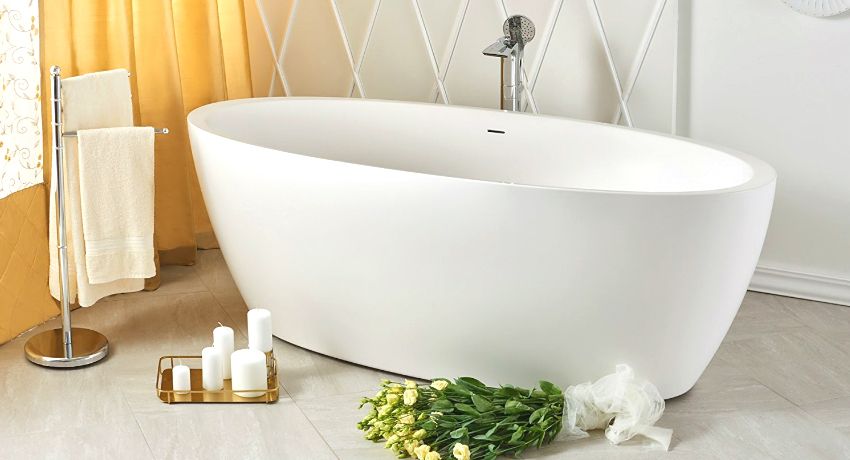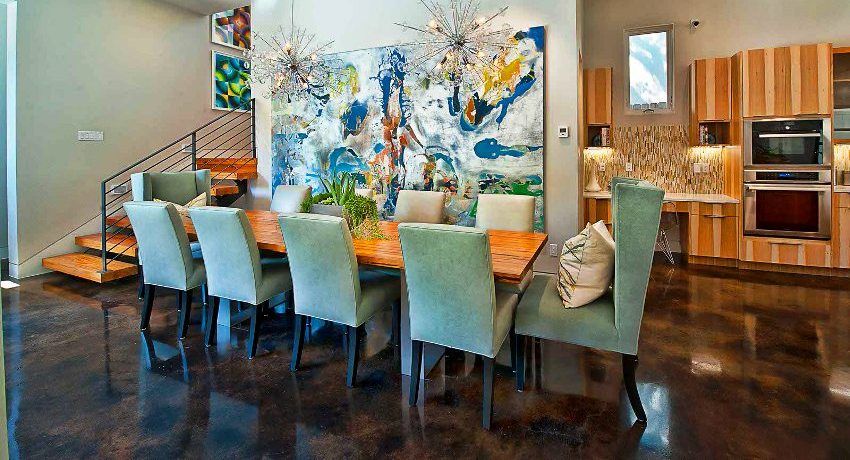When choosing a brick house project, many customers are worried whether they have chosen a good option. After all, there are a lot of analogues today, can a brick compete with them? Of course, in our minds such a building always seems to be strong, reliable, durable – one about which they can say that it will stand for a century..
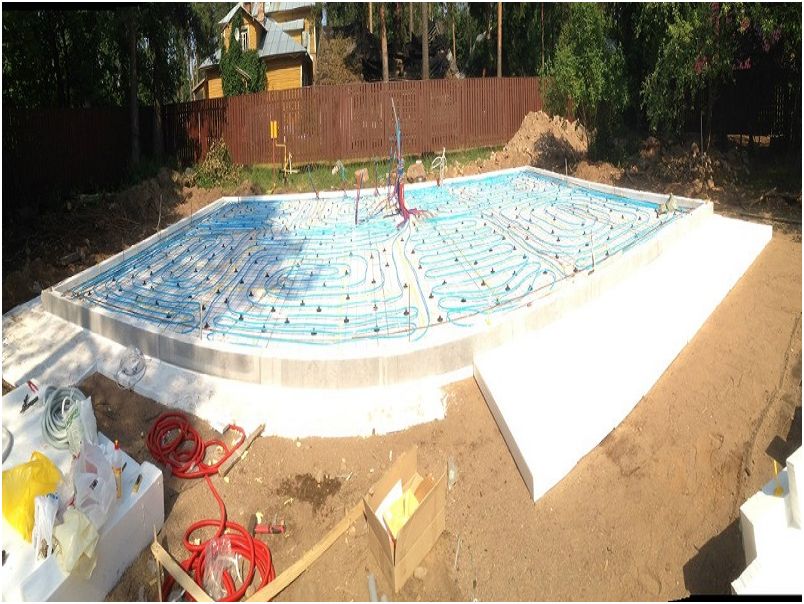
As practice shows, this is indeed the case. This material has a huge number of advantages. But there are also disadvantages that the future homeowner would be nice to know about. It should be understood that it is divided into a huge number of species. And not all of them can boast of those wonderful performance characteristics for which they love brick so much. After all, if you look at history, thousands of years have passed since the moment when man learned to burn clay, thus producing small blocks. Naturally, during this period massive metamorphoses took place. And modern building materials are completely odd to outdated counterparts. And there are many other options. We will analyze all these aspects in the review..
Construction technology
Before disassembling the pros and cons of a brick house, you need to understand for yourself the main stages, the mechanism for erecting a building from such a building material. To estimate in advance the scope of work that the company has to do with the contractor. But from this, the construction period is calculated, as well as the payment of labor hours..
So let’s go point by point.
-
Site analysis. To create a project, professionals must carefully study the intended beachhead for work. This is an analysis of territorial features, landscape, natural obstacles. The lines of communication are also taken into account, and the points of branching are immediately outlined. In addition, options are being considered for entering the territory, placing future terraces and asphalt areas. The composition of the soil and its density are studied. After all, the building is planned to be quite heavy, even if we are talking about a one-story building.
-
Development of design documentation. Complete layout of a brick house. The project includes both the base and the outer frame. And also at this stage, lines of communication are outlined..
-
Foundation. As already explained, this is a heavy building and needs a fairly solid foundation to support this gigantic weight without any problems. This is not only the stone itself, but also reinforced concrete floors. The roof also contributes to the overall weight. A grillage on piles is often used, but again, this approach is effective only with one-story buildings. Two-story and more oversized, it is better to use a tape base in this case.
-
Walls and ceilings. Key stage. Laying should take place using the correct technology and in strict accordance with the project documentation. No deviations are allowed, even for a minimal percentage. That is why, even with the presence of a full-fledged project, it is always better to entrust the matter to professionals. In addition, it is worth remembering that it is customary to use a waterproofing layer as the first layer..
-
Roof. This is where design imagination usually comes in. And the advantages and disadvantages of a brick house are visible. In particular, the disadvantage is that the roof will also cost a pretty penny. And the key plus is the variety of variations. A stable foothold allows you to install a template gable or exotic gable roof. Even a flat one is acceptable, but often this option is not popular. In addition, there are various very attractive types of roofing from stylized steps..
-
Windows, doors, decoration. These are the final stages of work. Moreover, many homeowners like to deal with the internal arrangement on their own. Fortunately, unlike the previous paragraphs, this one can really be done by hand. Of course, if you choose simple ways. Now the method of interior cladding of a room with wooden clapboard is in demand. Which looks very stylish, and also dilutes the monolithic shade of the building stone with a certain freshness.
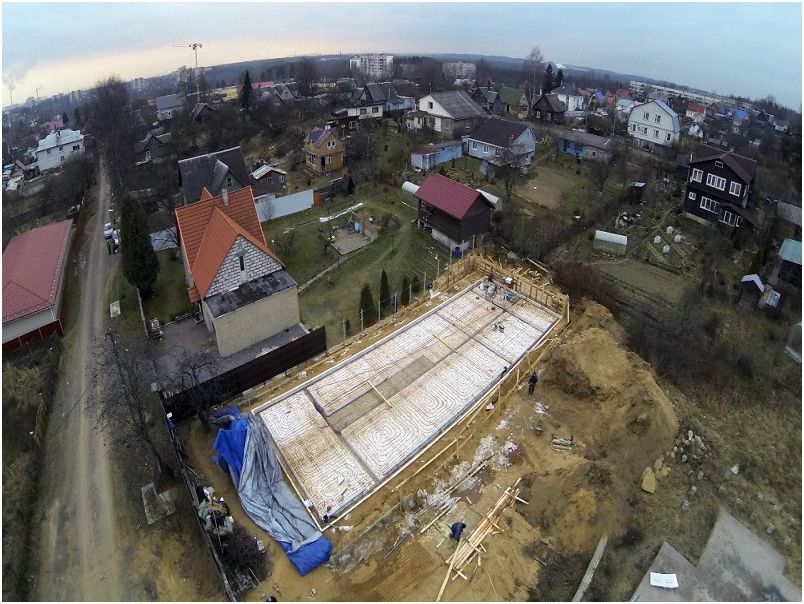
Advantages and disadvantages of bricks, which one to choose
This building material has a lot of variations. And each type suits a specific situation as well as a specific budget. But before delving into species diversity, let’s look at the classification by structure.
The first option is corpulent. Great strength, best compressive performance. Basements and large bearing columns are often built from it. But for other purposes it is used less often, because such a model does not contain air inside, which means that the thermal conductivity will be at the highest level. In the fierce Russian winters, this can be a serious problem. Fortunately, the issue is resolved through insulation. What is the cost, but it certainly will not make you freeze in the cold season.
Hollow. But this option is just perfect for walls. Moreover, both external and internal. Due to the fact that such a structure easily retains heat, there is no point in additional insulation, and the consumption of stone can be reduced. Quite a very small thickness, but not less than stated in the operational characteristics of the project documentation.
Porous views. It is not entirely correct to disassemble the pros and cons of brickwork from such products. After all, many gas blocks belong to a separate line. But this is the warmest option, although less durable..
Next, we will go through the specific types on the modern market..
Silicate
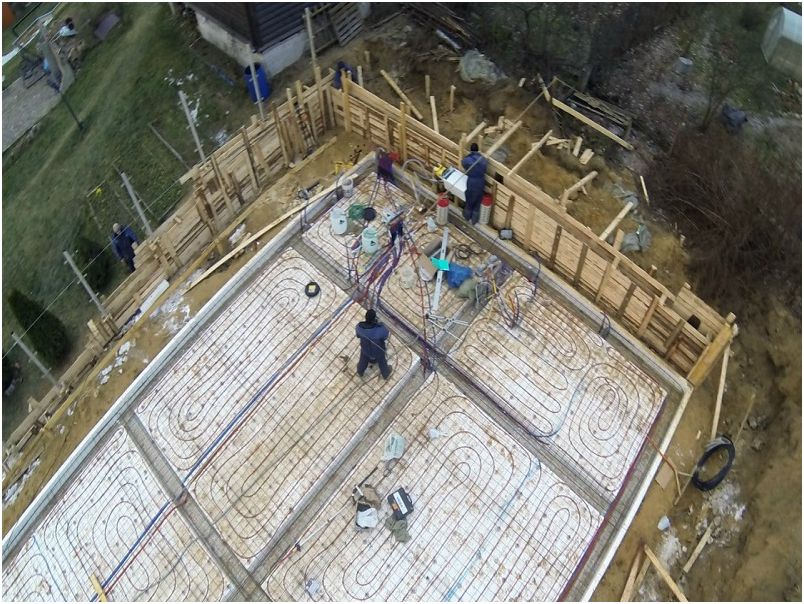
Not suitable for foundations. This is a strong recommendation. In addition, it is worth knowing that the stone’s frost resistance indicators are quite low. If all the walls are erected exclusively from it, then the house will be noticeably cold in winter. Therefore, it is worth building only the outer parts from it. And even then, if only on top they are trimmed with something with good frost resistance. Also well suited for floors.
Often white. This is because it is made from lime and sand. Accordingly, lime paints the final result white. However, now in various mixtures there are a lot of dyes, they make the starting material darker.
Ceramic
The most common format. Fired clay, often red in color. Created at the highest temperature of one thousand degrees. The result is a great stone that is suitable for floors, exterior and interior walls. And thanks to its excellent appearance, it fits perfectly into the design. Often, modern designers even completely clean off the finish and varnish the surface. And left without further adjustments, which is considered a very fashionable solution. When considering the pros and cons of a brick house project, it’s always worth remembering: the massive advantage is that the rest of the material can be used for decoration. Lay out a chimney, create a fireplace or even a stylized stove in the yard.
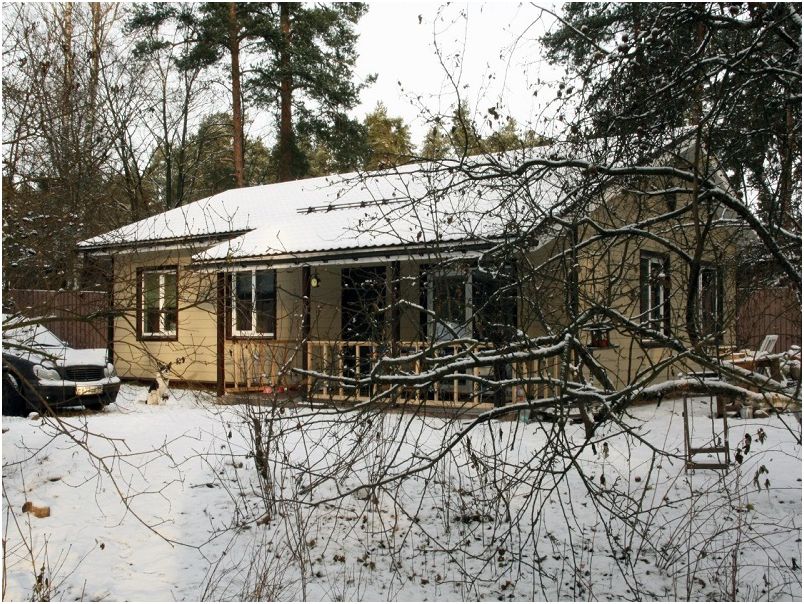
Clinker
The production temperature is even higher – 1200 degrees. Such products do not contain voids, have a high density, and ignore almost any weather factors. They are not afraid of frost, they keep warm well, and they also do not care about moisture. Therefore, areas of high humidity will not cause any damage to them either. Even chemical salts and various alkalis will not pose a threat.
Due to such sensational durability, such a stone is usually used to ennoble the local area: various paths, playgrounds and delights of landscape design. Facades are also the prerogative of dense clinker.
Characteristics of stone material
The two main parameters that determine the level of product quality are its resistance to low temperatures and labeling. To check the frost resistance, simply look for the F mark on the package. The number next to it tells you how many cycles of complete freeze and thaw, that is, the seasons the stone can withstand. A decrease in strength is allowed only by 20% for all cycles. As soon as the next season affects the strength, reducing it by more than 20% – the shelf life is over.
The marking determines the strength parameter. It is designated by a label – M. Markers of 75, 100, 125 units are often used. These are indicators for one square meter. There are values and even more, but they should be acquired only under special environmental conditions or if the planned building is very heavy, more than two floors. All recommendations will be indicated in the project.
Let’s talk about the pros

It’s time to move directly to the topic of our review. We have already figured out what kind of building material it is and with what it is better to use it. Now let’s see what advantages it will bring if you choose it..
-
If you look at historical monuments, sights that have stood for more than one century, then they are often just brick. The thing is that such buildings really have an exceptionally long operational life. And even now in every city there are a lot of buildings from the 50s..
-
Indifference to the environment. If, according to the weather in the area, you always have to select not only resources, but even the type of building, then in this case there is no need for unnecessary fuss. The stone tolerates almost everything. Constant humidity, showers, frosts, heat and direct rays of the sun will not pose any threat to it. There is no such geographical location in the world that, with its climate, could inflict at least some tangible damage on such a house..
-
Pure material. No harm is done to a person. Sand and clay, what could be dangerous here? No harmful emissions are received for any period of operation.
-
No renovation needed. From the word “absolutely”. If you build the structure correctly, then it remains in an acceptable form for centuries..
-
Pros, advantages of brick houses relate to resistance to all kinds of pests. Insects do not start in this building material, unlike the closest analogue – wooden dwellings. There, even with special treatments and impregnations, there is still a serious risk of infection by woodworms and other unpleasant neighbors..
-
The danger of external fire is almost completely eliminated.
A couple of additional redstone bonuses
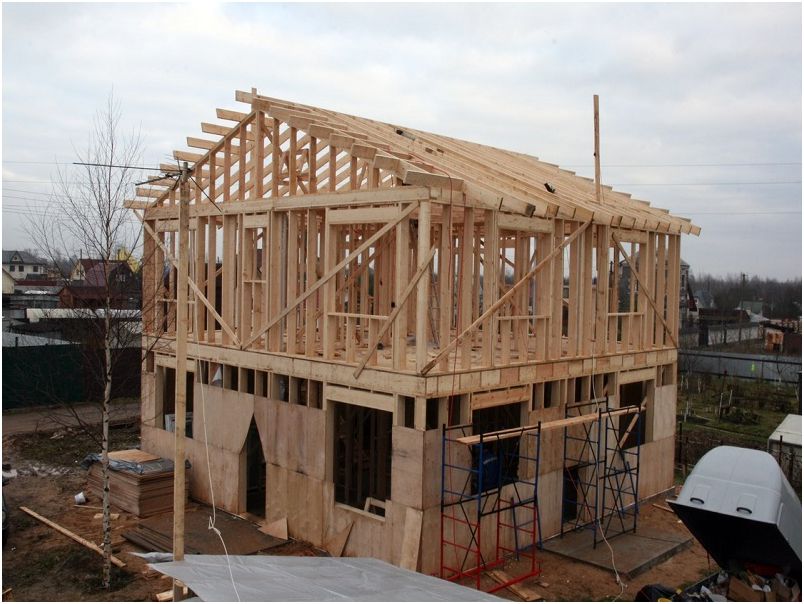
Separately, I would like to note that mold and fungus, which become sources of various disorders and diseases, simply do not settle on such a surface. But on a tree, especially if there is high humidity outside, they appear with fair frequency.
If the house is being erected in a place where there is severe humidity most of the time of the year, it is simply impossible to come up with other analogues. Other types of buildings simply won’t survive in a similar environment..
Remarkably, the aesthetic side can be added to the positive side. The red ceramics in particular look great after the exterior. And hiding it under something will be completely illogical. But the white brother made of sand and lime, alas, cannot boast of such aesthetic properties. And it will now be logical to decorate it in some way later..
Benefit from large format blocks
We are all talking about the advantages and disadvantages of a brick house, but have not yet noted that a new model is often used. Those same gas blocks or foam blocks, which, of course, in the visual side of the issue, lose to ceramics. But they have a couple of their “trump cards” up their sleeve.
And more specifically:
-
Fast installation. Styling is a detailed and lengthy process. But when working with large-format blocks, everything happens several times faster. And this is not an exaggeration, there is less fuss with the solution, the resulting surface has to be leveled much less often. If you look at the numbers, on average 17 blocks are needed per square meter. And the red ceramics will have to invest 250 units. The difference is obvious;
-
No need to insulate. After all, it is a porous material. There is just a colossal amount of air inside. This means that the heat will be retained even in the most severe frosts. And you definitely won’t need to spend money on heaters;
-
Less solution needed. Well, this is already pure geometry. The contact area of 17 blocks is several times less than 250 bricks. The overall savings on mortar in large construction are enormous..
Minuses
So we got to the negative sides. There were many more points about the merits. But this is thanks to the stone itself, it has collected many positive features..
The first drawback is striking – it’s weight. Compared to wood, aerated concrete, of course, will be lighter. But we still need a serious foundation, as already mentioned, usually of a tape type. If we are talking about a two-story building. It’s a shame that some of the landscapes simply do not allow the construction of a foundation other than a pile foundation. High slope or wetland. And then the heavy construction will have to be completely excluded from the plans..
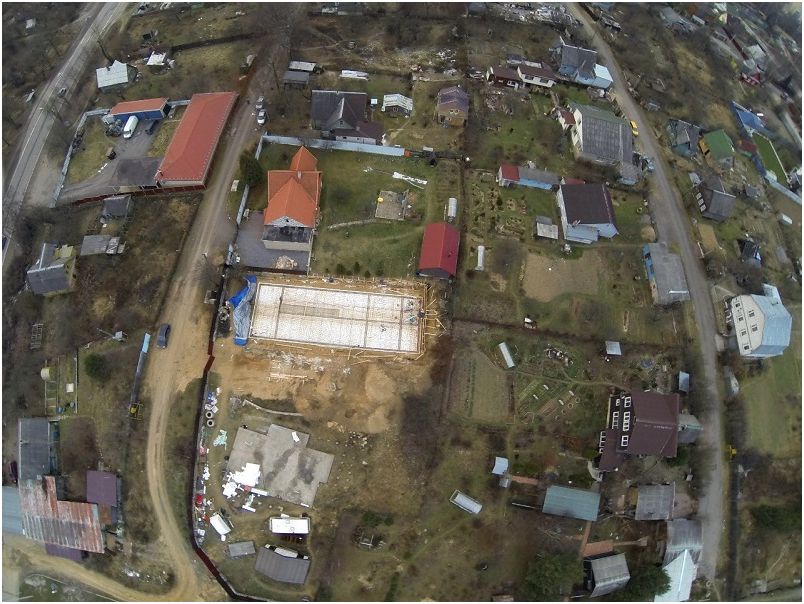
Most often, when the advantages and disadvantages of a brick house in construction are identified, the price issue is referred to as negative. And this is the harsh truth. Modern modular or wireframe models can give a serious head start in this matter..
Wood or brick – which will come out more expensive?
The answer is obvious: a wooden house (unless, of course, you use low grade materials). But there are a few nuances. The price factor of a stone structure includes the cost of the foundation. And he, as they said, is much more serious, massive, and more expensive.
Let’s not forget the finishing. Although the appearance is quite presentable and near the stone, you will have to fork out for the interior arrangement. If we take into account all these factors, it turns out that the price difference does not consist at all of the cost of the material. And from the side, but inalienable aspects.
Comparison with the panel version
Here the gain of the hero of our review is simply obvious. Durability, thermal insulation, sound insulation. Everything is not in favor of the panels. Interestingly, even the price is not always an advantage. Sometimes the panels are more expensive, depending on the type of production. But one thing is for sure, the main advantage of panel buildings will be the speed of construction. It prevails several times.

Conclusion and recommendations
Having considered brick houses, the pros and cons of such buildings, we think you have no doubts – this is a really good choice, proven by generations. It is reliable, beautiful and long lasting. If you want to leave it as a legacy to your grandchildren and great-grandchildren, then the choice is excellent. But it is worth remembering that only the building that was built by real masters will stand for centuries. Therefore, it would be logical to contact professional construction companies. Which will not only significantly save time, but also accurately reveal all operational characteristics.
